Miss your Mom? Here she is, the dear:
This is the German Poet Johann Wolfgang Goethe’s Ancestral Plant
He was taken with the idea that all plants of the world could be traced to one plant that took on different form in response to different climactic locations.
This is what science calls poetry. But, not so fast. Goethe was working out of an ancient horticultural tradition that drew on its own models and metaphors, not on those of science. Our current form of plant classification, developed in Sweden by Carolus Linnaeus. It was very new in Goethe’s time, and he took exception to it. What he saw was a kind of quantum theory of plant life: the sole plant of the world exists as all possible forms but only takes on specific forms in response to specific situations. What he missed was the idea of time. Here’s what his ideal plant might look like when time is thrown into the mix:
Arrow-Leafed Balsam Root Mining the Sun on the Slopes of a Ravine…
…while saskatoons, birches, wild cherries and wild plums mine the water trickling underground through the gravel beneath the ravine’s bed.
Linnaeus would have seen a profound collection of different species here, and would have attempted to classify them. Here’s one of his drawings:

Plants à la Linnaeus
Like Butterflies Pinned to a Wall
In the place of that, an eco-agricultural perspective will see the land itself and its plants as one process. The earth is Goethe’s plant, unfolding into time. Its species are not separate ones randomly inhabiting land as if it were an inert object that could be held in a test tube. They’re not looking to satisfy their own physical needs (a conception that is the natural result of Linnaeus’s model of dissection and collection). They are not responding to ecological niches. They are the expression of points of energy flow. They are part of the earth. Look at the flow in action:
Light and Shadow
The earth is a clock, that tics and docs between states of energy. Batteries work like this. Photosynthesis and solar cells work like this. The only difference is that what is being mined here is time — and water — instead of a trickle of electrons across a membrane. The balsam root plants on the near side of this slope catches the afternoon sun.
Those on the far wall of this ravine catch it in the morning. When this effect takes place valley wide, it creates incredible winds, that never stop, sliding from one valley wall to the other and then back. When it takes place in the smaller scale of a ravine, it pumps water and air. It also ensures a longer crop of seeds. The point is, time here is relative to the amount of heat the soil receives. It is, in other words, a function of water, and how much is lost to the sun. The speed at which plants mature is part of this process. The plants on the near slope will use their water sooner than those on the farther one, which also store more water during the winter. Just by crossing the ravine, a deer or a gopher can change seasons — and I don’t mean between Spring and Winter. That’s useless. I mean, between the wet one and the dry one, the pattern that eventually forms the energy machine of the year. To put it another way: light and water are time. In this spirit, ecological agriculture takes a lesson from the balsam root, and mines not the soil but light and water and time. It can also take a lesson from this newcomer…
Alfalfa
These plants are an expression of water drawn thirty feet up from deep underground.
Effectively, alfalfa is at home in a subterranean world we will never sea, and farms it, and is what that world looks like when it rises into the light. And what does technological agriculture do with that? It drills wells to draw that water up, to continue its monocultures on the surface, because it is an agriculture of surfaces only. It is getting too expensive. Fortunately, there is another way.
Tomorrow: back to our curriculum.
Categories: Agriculture, Industry, Innovation, Land, Light, Nature Photography, Water

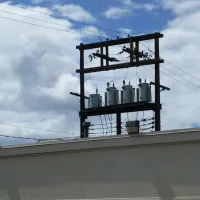
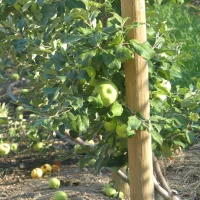
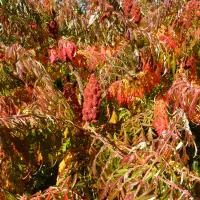



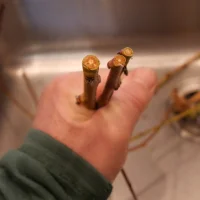
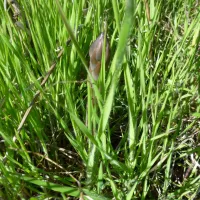








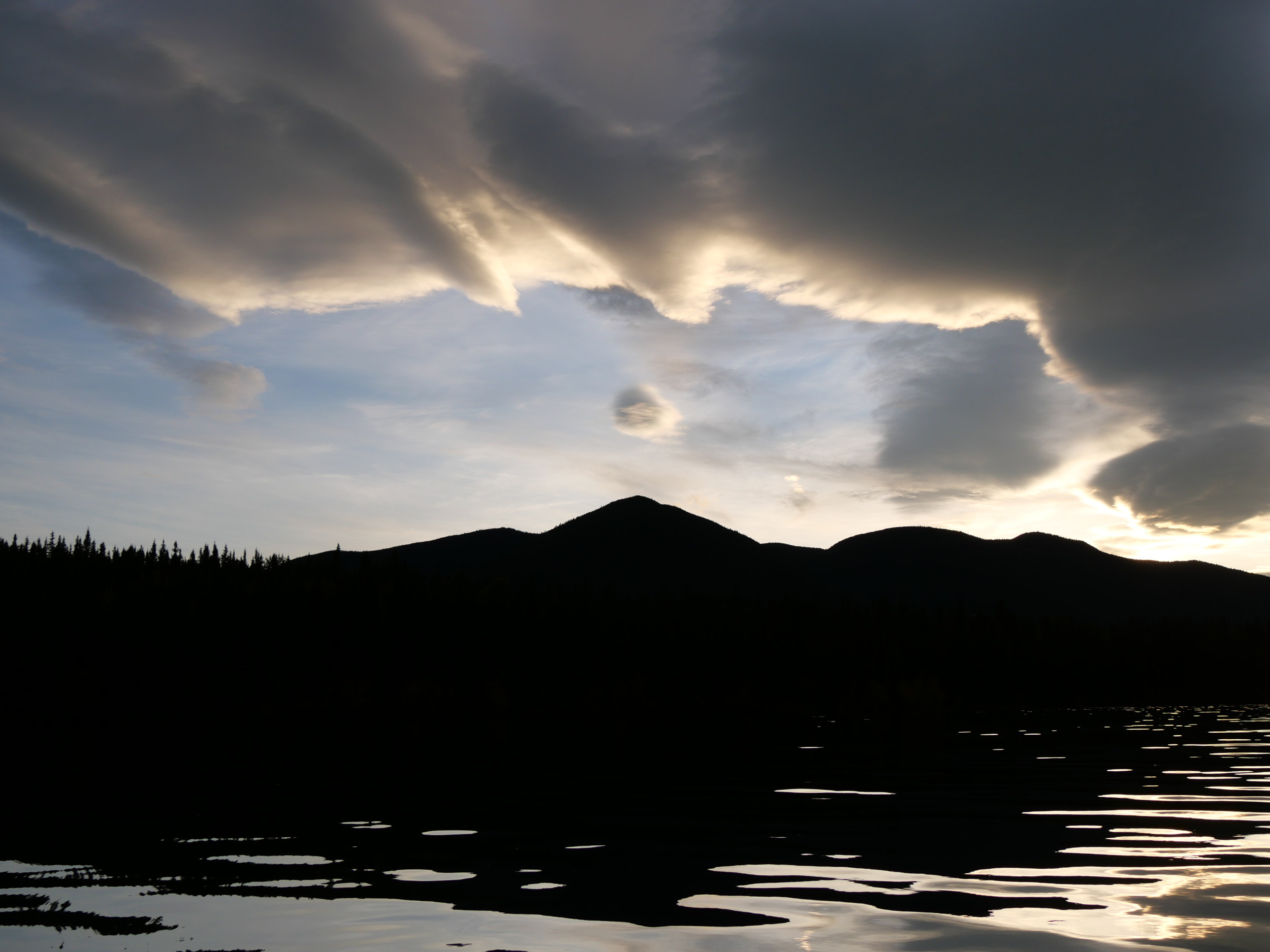
1 reply »